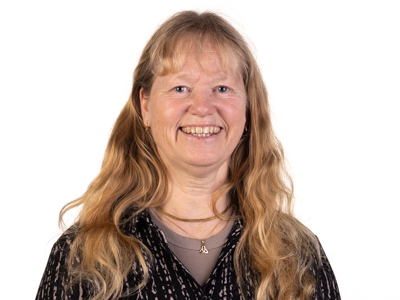I have been active at the University of Skövde since 2000 and have held a number of different assignments here, such as subject manager, research group leader, research environment leader and department head, among others. I have developed, planned and implemented education at undergraduate, advanced and postgraduate levels. I have been involved in the development of programs in ecology and sustainable development. Today, I am vice-dean, part of my time, with responsibility for overall quality work within the University's education and research. As part of proactive work, I also support higher education pedagogy issues and how the development of higher education pedagogy can take place at the University.
My different research areas in bullet form:
- Applied ecology and nature conservation with the development of methods for analyzing how landscapes with different configurations of biotopes can harbor biodiversity.
- Environmental monitoring toxicology, conducting basic research on molecular biological methods for analyzing environmental toxins in freshwater ecosystems, with a focus on mussels as bioindicators.
- Population dynamics and extinction risk, focusing on how population dynamics and life history traits of organisms relate to extinction risk.
- Food web dynamics, analyzing the relationships between the complexity of food webs and the extinction risk of populations.
- Disease spread and animal health, studying animal transport networks and how their structure and dynamics can affect the spread of infectious diseases among domestic livestock, as well as climate change and animal health related to transport routes.

